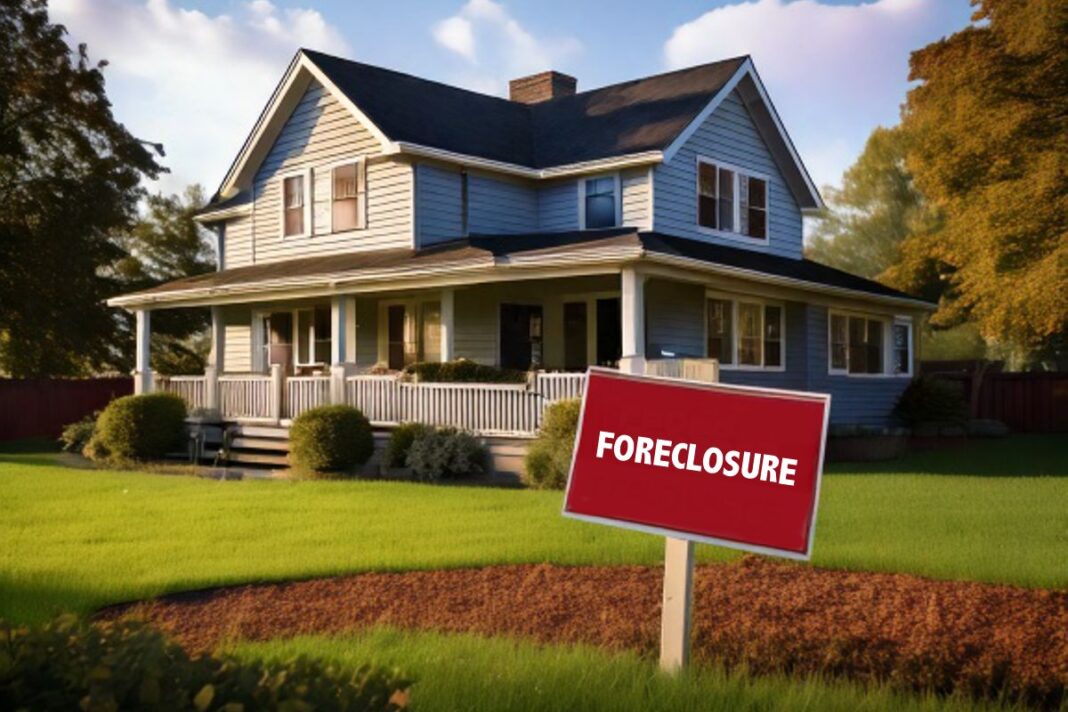Houston, Jacksonville, and Las Vegas are the major metropolitan areas with the highest foreclosure rates.
There were 36,128 properties with foreclosure filings in July across the United States, up 11 percent from June and 13 percent from a year ago, real estate analytics company ATTOM said in an Aug. 15 statement.
One in 3,939 housing units nationwide faced a foreclosure filing last month, the company said. Nevada had the highest rate, with one in every 2,326 housing units filing for foreclosure. This was followed by Florida, Maryland, South Carolina, and Illinois.
Among major metropolitan areas with populations higher than a million, Houston had the highest rate, with one in every 1,882 housing units filing for foreclosure, ATTOM said. Jacksonville, Florida, came second, followed by Las Vegas, Nevada; Riverside, California; and Cleveland, Ohio.
“While rising home prices are helping many owners maintain equity, the steady climb in filings suggests growing pressure in some markets,” said Rob Barber, CEO at ATTOM.
The July increase in foreclosure filings continues the rising trend in the first half of the year. In the first six months of 2025, foreclosure filings were up 5.8 percent from the same period a year ago, the analytics company said in a July 17 statement.
The “persistent rise” points to financial challenges faced by homeowners in the current economic environment, Barber said.
High mortgage rates put pressure on many homeowners with adjustable rates, increasing the risk of foreclosures.
To put this into context, the average weekly rate on a 30-year fixed-rate mortgage is 6.58 percent, up from 2.86 percent four years back, according to Freddie Mac data. Since mid-September 2022, rates have consistently remained above the 6 percent level.
Meanwhile, the percentage of properties considered to be “seriously underwater”—properties with loan balances that are at least 25 percent higher than their estimated market value—increased in the second quarter, according to ATTOM data.
In the second quarter, 2.7 percent of outstanding mortgages were deemed as seriously underwater, up from 2.4 percent in the same quarter last year.








